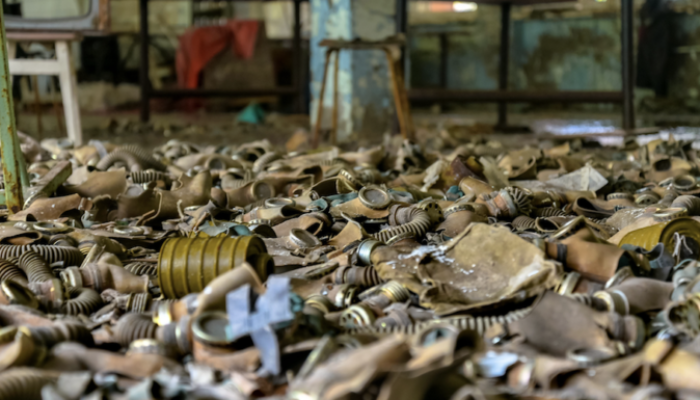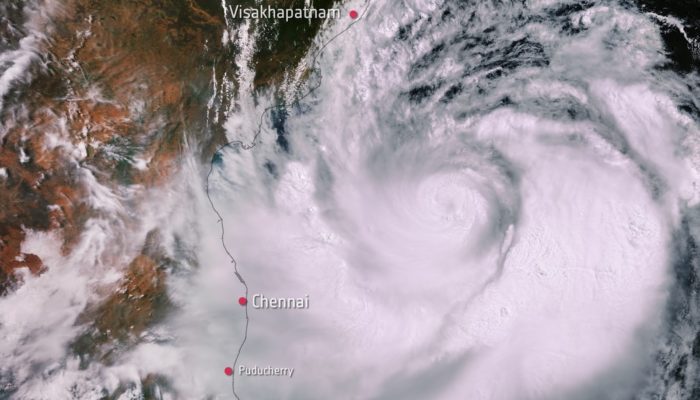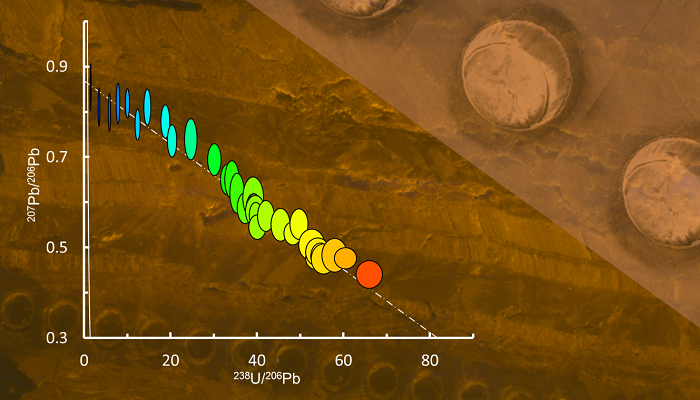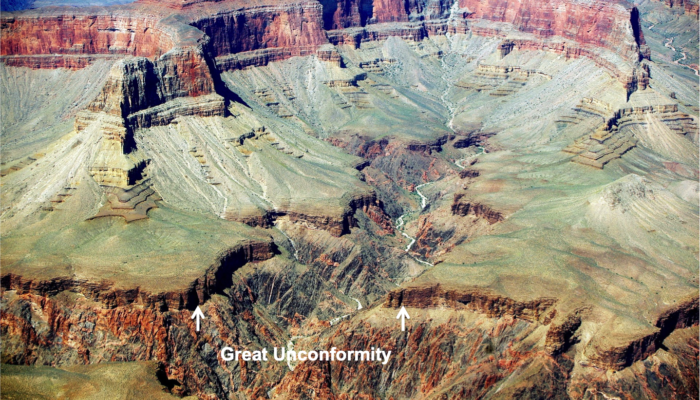On this page we regularly update open positions in Seismology. Do you have a job on offer? Contact us at ecs-sm@egu.eu
Geodynamics
The Sassy Scientist – Managing Monsters
Every week, The Sassy Scientist answers a question on geodynamics, related topics, academic life, the universe or anything in between with a healthy dose of sarcasm. Do you have a question for The Sassy Scientist? Submit your question here. Aminta asks: How do you deal with bad co-authors (i.e. people who make writing papers more complicated and unpleasant than it needs to be) that are also senior ...[Read More]
Stratigraphy, Sedimentology and Palaeontology
Investigating the climate history of Central Asia in Kashmir/India
As in most arid areas, dust storms are quite common in India. Repeatedly, the wind carries large quantities of dust from the Thar Desert in the south-west into the Asian country, sometimes across long distances. There have also been dust storms in India in the past, making geoarchives of aeolian dust a suitable recorder of the past local climate- and dust history. When the climate was rather warm ...[Read More]
Geodynamics
Adaption
As temperature records have continuously been broken all over the world, many of us scientist had to endure extreme conditions in our overheated offices. Climate change is happening, and faster than we’d like to think, but how does this play a role in the scientific community? In this week’s blog post, geodynamicist Nicolas Coltice (professor at Ecole Normale Superieure de Paris) share ...[Read More]
Natural Hazards
Cyclone Fani: A success in weather forecast and disaster preparedness
Hurricane, cyclone and typhoon are different terms for the same weather phenomenon: torrential rain and maximum sustained wind speeds (near centre) exceeding 119 km/hour (World Meteorological Organization https://public.wmo.int/en). The terminology depends on the region (e.g. in the western North Pacific, they are called typhoons; in the Bay of Bengal and the Arabian Sea they are named as cyclones ...[Read More]
Seismology
A way out of burnout
If you are experiencing burnout and you’re having difficulty finding your way out, ask for help and seek professional treatment.
Geodynamics
The Sassy Scientist – Pull The Plug, Or Persevere?
Every week, The Sassy Scientist answers a question on geodynamics, related topics, academic life, the universe or anything in between with a healthy dose of sarcasm. Do you have a question for The Sassy Scientist? Submit your question here. Georgia asks: One of my friends recently left the PhD program with some severe emotional and motivational issues. I’m having doubts too. What shall I do? ...[Read More]
Tectonics and Structural Geology
Minds over Methods: Dating deformation with U-Pb carbonate geochronology
For this edition of Minds over Methods, we have invited Nick Roberts, a research scientist at the British Geological Survey, working within the Geochronology and Tracers Facility (GTF) running a LA-ICP-MS laboratory. Nick has a background in ‘hard-rock’ geology, incorporating geochemistry, geochronology, and magmatic and metamorphic petrology across a wide range of tectonic settings, and is now in ...[Read More]
Hydrological Sciences
Gender balance in the HS division- some personal thoughts
Gender balance in the HS division- some personal thoughts On 14 June 2019, there was the Swiss nationwide women strike day, with the main topic of equal pay for equal work (see e.g. here). A good opportunity to share some thoughts about gender balance in the HS division. If you have a look on the HS division composition today, you will see that we have a female president and a female deputy presid ...[Read More]
Geodynamics
What controlled the evolution of Plate Tectonics on Earth?
Plate tectonics is a key geological process on Earth, shaping its surface, and making it unique among the planets in the Solar System. Yet, how plate tectonics emerged and which factors controlled its evolution remain controversial. The recently published paper in Nature by Sobolev and Brown suggests new ideas to solve this problem…. What makes plate tectonics possible on contemporary Earth? It is ...[Read More]








